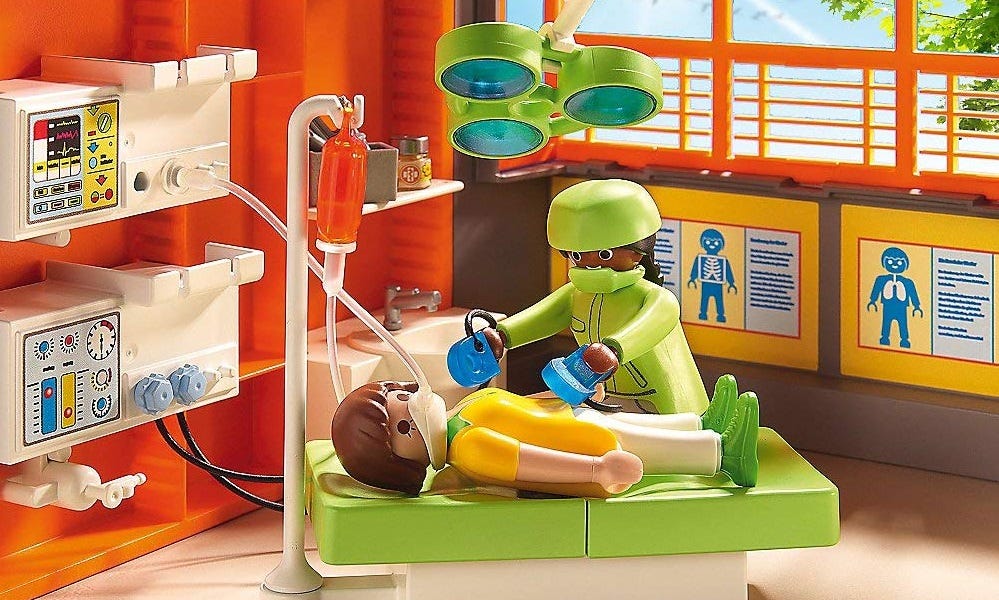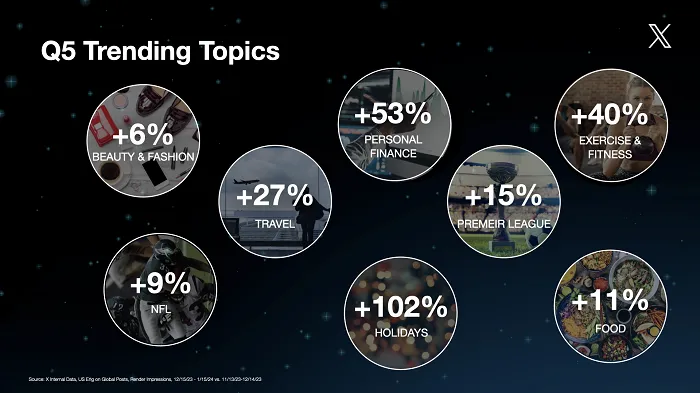A lot of focus over the past two years has understandably been on the tug-of-war over remote work options. While an important focus, there are many other aspects to employee well-being.
One of the leading causes of stress in the workplace comes from conflict with coworkers, an issue only exacerbated by remote and hybrid work. Especially at a time when two global conflicts occupy the headlines, and with the United States entering a contentious election year, non-workplace stress and disagreements can contribute to conflict. To truly ease conflict in the office, we must get to the root of employee stressors in and out of the workplace.
We Can Walk and Chew Gum—Just Not While on a Video Call
Work from home, return to the office, hybrid models—wherever employees work, they still have to work with each other. While continuing to navigate the return to office, managers and executives must re-prioritize a cohesive and comfortable workplace environment. This will not only improve employee well-being, but productivity as well. One area in which these two priorities conveniently dovetail is workplace communication.
Remote and hybrid work have intensified differing views on workplace etiquette, already an issue of contention with five different generations sharing a workplace for the first time ever. This comes not only with those different expectations about workplace etiquette, but different worldviews among colleagues who grew up in very different worlds.
For those raised in a world of smartphones and social media, views on remote work or proper communication will differ greatly from those whose workplace experience began operating a fax machine or navigating slow dial-up internet speeds. Camera on or off, forgetting to mute yourself while grinding beans for a new pot of coffee, talking over colleagues—very rarely are such things done out of spite, but they can be contentious, nonetheless. Cameras may be off, or someone may be accidentally and unknowingly talking over others, due to lagging internet or other tech issues.
Employers must understand the novel communication issues posed by modern workplaces, and work to mitigate those potential problems. Again, with some or all employees not working out of the office, or not in the office at the same time, properly gauging such issues is harder than ever. If eliminating misunderstandings were easy it would have been done long ago.
Fortunately, some of the same technological advances in connectivity that have enabled remote work can help business leaders get to the root of when and why their workers are stressed.
Read Between the Lines
An email. A direct message. A seemingly out of the blue video call scheduled because your manager “just wants you to hop on for a second.” In the modern workplace, parsing out the exact meaning behind communication has taken on a different dimension.
It’s not what you say, it’s how you say it. Tone, body language, eye contact—we all send and receive more signals than we realize. For better or worse, this means we can often say more than we mean. Among employees who have different levels of experience with the work and with each other, subtle differences in perception can lead to unintended conflict.
Additionally, we are not reliable narrators of the true causes and effects of our stress. The old adage “leave work at home” was never practical in terms of how we all operate, now more than ever when work is home for many employees. When dealing with work and home stressors simultaneously, simple things like a colleague using the wrong punctuation can be misperceived and lead to interoffice conflict.
Conflict Resolution Requires Understanding the Conflict
Workplace conflict costs employees nearly three hours a week, and costs business roughly $359 billion. Business leaders report miscommunication increases costs, harms their brand and has even lost them business. Majorities of workers report better communication increases their confidence and engagement levels at work, and improves their mental well-being. From differing styles and values to clashing personalities and unhealthy competition, most workplace conflict can be reduced through improved communication.
Workplace conflict cannot be wholly eliminated, but the better we understand it the better we can address it. Reducing workplace stress helps employees not only in the workplace, but at home as well. Decreased stress will reduce burnout and turnover among employees, factors that can have a rippling effect on the rest of the team. As employees and business leaders alike agree, improved communication will not only help employees be healthier, but will help them be more productive and so help the business be healthier as well.
A Rising Tide Carries All Boats
With workplace conflict becoming more frequent, and about half of workplace grievances resulting from feuding coworkers, improving communication can truly be a rising tide that carries all boats. We may not always know when or why we are stressed, and a flippant remark from a colleague may simply be the straw that broke the camel’s back. When it comes to reducing burnout and increasing employee well-being, getting to the true root of stress must play a fundamental role in any solution.
As mentioned above, in the same way using existing technology led to the remote work revolution, implementing tech solutions can give employees and business leaders the tools necessary to understand and reduce workplace conflict. From addressing it as early as possible and ensuring both sides feel heard to finding actionable solutions to move forward, many conflict resolution programs already have much of the necessary infrastructure in place. One emerging tool in workplace well-being is using the information we already have, but just don’t use.
Wearable technology, long used by business leaders to improve employees’ physical well-being, can give employees the ability to know when they experience stress. Elevated heart rate, the cold sweats—biometrics never lie. Connecting such devices with our phones can tell us where we were, or what meeting we had, when our stress level went up. Furthermore, it can tell us that maybe it was an unrelated stress event that raised our stress level, but we blamed an ill-timed miscommunication with a colleague. Better communication with ourselves, and what our bodies are telling us about our stress, is an essential step to reducing workplace conflict.
Addressing Workplace Stress, in 2024 and Beyond
Such data can help chart the difference for workers in the office or those working from home. Perhaps stress levels are higher in one group compared to the other, or rise when individuals working in different workplace settings engage with each other. Having such information can give managers and executives the information they need to tackle stress and miscommunication proactively.
By working to better understand stress at an individual level, stress can be addressed at a micro and macro level. This will not only help employees improve individual communication, but can enable leaders to put in place systems and training programs that minimize or eliminate situations that frequently lead to conflict. Just as the workplace has gone through some drastic changes in the past few years, the makeup of the workforce has changed as well. To address workplace conflict for 2024, business leaders must understand and address the different ways their employees experience and internalize the world in 2024.







































































